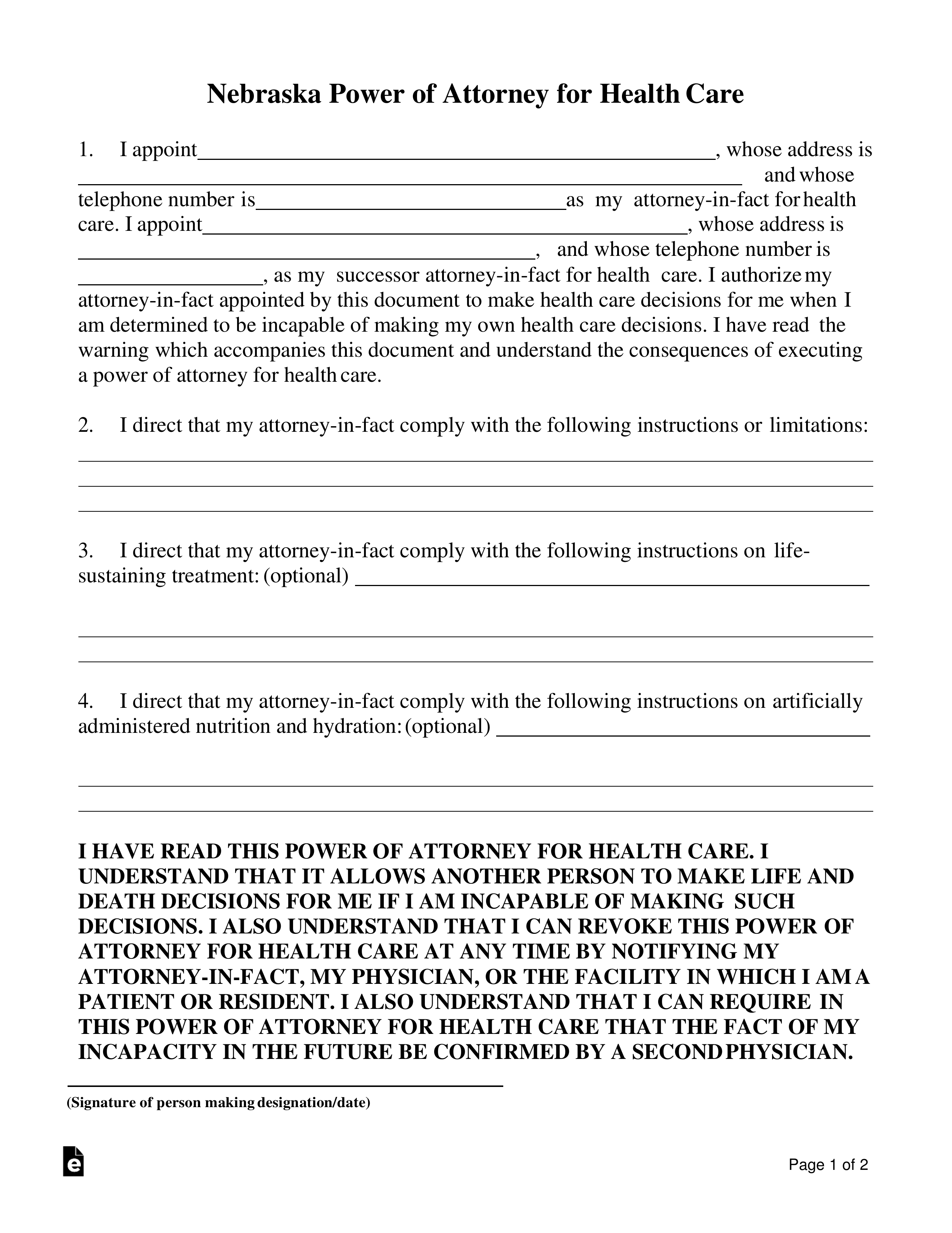Although mandates continue to be added as medical insurance requirements, they are controversial. Client supporters declare that requireds help to make sure appropriate health insurance security while others (especially medical insurance companies) complain that requireds increase the cost of healthcare and health insurance. Mandated health insurance coverage laws passed at either the federal or state level normally fall into one of 3 categories: Health care services or treatments that must be covered, such as drug abuse treatment, contraception, in vitro fertilization, maternity services, prescription drugs, and cigarette smoking cessation.
Dependents and other related individuals, such as adopted kids, dependent trainees, grandchildren, and domestic partners. The mandated advantage laws most frequently use to medical insurance coverage offered by companies and personal health insurance acquired directly by a person. Many people whether for or against mandates agree that mandated health benefits increase health insurance coverage premiums.
1% to more than 5%. Attempting to figure out how a mandated benefit will affect an insurance premium has been extremely complicated. The required laws differ from state to state and even for the exact same required, the rules and guidelines may vary. For example: A lot of states mandate coverage for chiropractic doctors, however the number of permitted visits may vary from one state to another.
Given that chiropractic doctor services can be expensive, the effect on health insurance premiums may be greater in the state with the more generous advantage. In addition, the absence of requireds could likewise increase the cost of health care and medical insurance premiums. If someone who has a medical issue goes without essential healthcare due to the fact that it is not covered by his/her insurance coverage, he or she might end up being sicker and require more costly services in the future.

( B) STATES MIGHT REQUIRE ADDITIONAL BENEFITS.( i) IN GENERAL.Subject to the requirements of clause (ii), a State might require that a certified health insurance offered in such State deal benefits in addition to the essential health benefits specified under section 1302( b).( ii) MENTION MUST PRESUME COST.Replaced by area 10104( e)( 1 ). A State will pay( I) to an individual registered in a competent health insurance provided in such State; or (II) on behalf of an individual explained in subclause (I) directly to the certified health plan in which such individual is registered; to settle the cost of any fringe benefits described in provision (i).

The Buzz on Which Entity Oversees The Licensure Of Health Care Facilities?
The decision did not impact other arrangements. Addiction Treatment Facility The details on this web page continues to reflect state actions resolving the ACA. For NCSL's updated summary and analysis of the Court's decision and its results see: U.S. Supreme Court and Federal ACA The state sections of this online report are an informal summary description of state and federal requirements and are not intended as legal advice.
February 1, 2021 DETROIT, February 1, 2021 Health Alliance Strategy, a Michigan-based not-for-profit health insurance, announced today that it has included five popular.
The Act specifies particular classifications of advantages as "Important Health Benefits." The classifications of important health benefits are: Ambulatory patient services Emergency services Hospitalization Maternity and newborn care Psychological health and substance use disorder services, including behavioral health treatment Prescription drugs Corrective and habilitative services and devices Laboratory services Preventive and wellness services and persistent illness management Pediatric services, consisting of oral and vision care Health insurance, including self-insured plans, that cover Necessary Health Benefits (EHB) might not apply dollar yearly or lifetime dollar limits to the advantages.
The New York City State Department of Health (DOH) announced the schedule of $355 million under the Necessary Healthcare Supplier Support Program (EHCPSP), as developed pursuant to Section 2825-c of the general public Health Law (PHL). The EHCPSP provides funding to essential healthcare providers that supports financial obligation retirement, capital jobs or non-capital projects, for the function of facilitating their improvement through mergers, consolidation and restructuring activities meant https://www.openlearning.com/u/delaine-qgegm7/blog/ExcitementAboutWhatIsHomeHealthCare/ to produce economically sustainable systems of care.
Through RFA # 1510190320, applications were granted to vital health care companies that have actually shown a dedication to developing innovative models of healthcare delivery. Awards were announced on March 4, 2016. On March 23, 2016, the Department of Health hosted a webinar for recipients. The following guidance is offered: CRFP and EHCPSP Grants: Concerns and Answers.
How Long Does Medicare Pay For Home Health Care Things To Know Before You Get This
The outcry over brand-new suggestions that question cancer screening standards for women when and how frequently to have mammograms and Pap smears illuminates issues that will be faced again and once again in the battle to consist of health care expenses. Late in 2015, the U.S. Preventive Providers Job Force (USPSTF) and the American College of Obstetricians and Gynecologists (ACOG) recommended raising the age for routine screenings for breast and cervical cancer and extending the time between follow-up tests.
The USPSTF encourages women to wait till age 50 before receiving their very first mammogram, as opposed to age 40, and to be screened every 2 years instead of annually. The job force also recommends ladies terminate mammograms when they reach age 75 and to stop self-examination. The job force says self-exams are not helpful in discovering breast cancer, however do trigger stress and anxiety followed by unnecessary, costly tests.
The company likewise says women in their 20s with normal Pap smear outcomes need to be evaluated every 2 years instead of every year and that females in their 30s can wait 3 years. The suggestions are triggering debate. The American Cancer Society (A/C), the Society of Breast Imaging (SBI) and the American College of Radiology (ACR) oppose reduction in the administration of mammograms.
If adopted, the effect of these recommendations extends beyond the female population. how does electronic health records improve patient care. The nation spends billions of dollars every year on diagnostic procedures associated with these and other cancers because, as in the case of all diseases, cancer is more survivable when detected in its Rehab Center early stages. The concern is what are essential health care expenses? Should there be limitations on tests and treatments? Are existing standards in illness prevention excessively precautious and wasteful instead of proactive and cost-saving? Currently, personal health insurance companies, Medicare and Medicaid develop limitations through their policies, and a primary complaint about the country's present system is the failure of insurance business to approve treatments in certain situations.
There are some health care benefits you can count on getting no matter what strategy you choose. The Affordable Care Act requires that all plans cover important health advantages for individual and family plans and little group strategies. All of our strategies offer these needed necessary health advantages: Outpatient services Emergency services Hospitalization Maternity and newborn care Psychological health and compound utilize disorder, consisting of behavioral health treatment Prescription drugs Rehabilitative and habilitative services and devices Lab services Preventive and wellness services and persistent illness management Pediatric vision A few of these benefits, like preventive services, will be paid at one hundred percent without any copay.